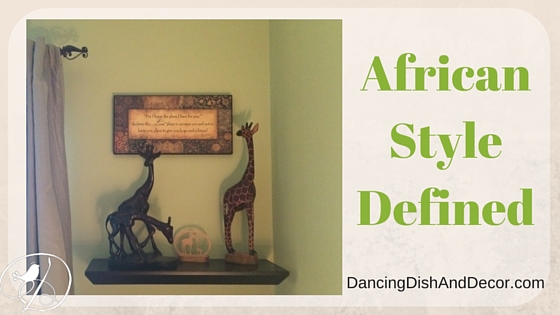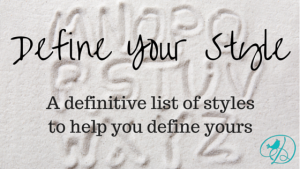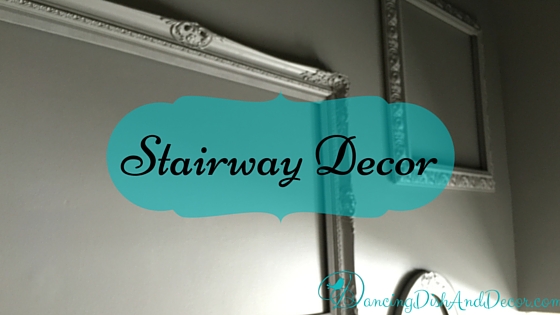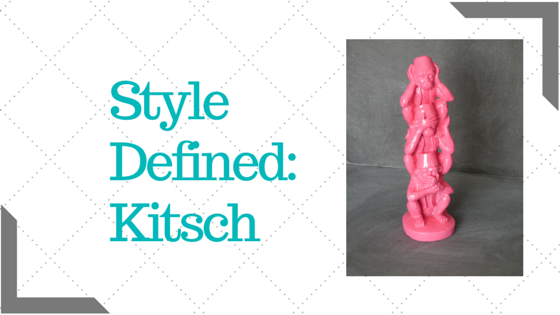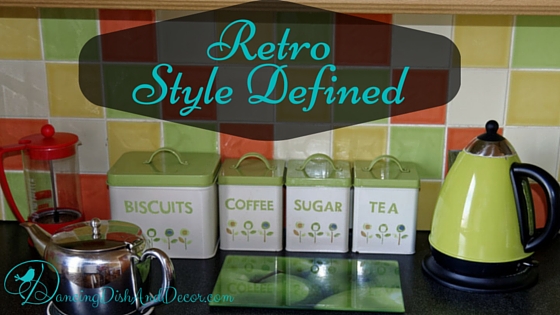Memories

None of those things have to do with decorating in the African style, except that the colorful patterns of the lives of the African people is so evident in this style (& I was enjoying my trip down memory lane). The picture of the shelf with the giraffes is from our guest room, which is where we have decorated with some of the things we picked up on our missions trip.
African Style Elements
It’s probably pretty easy for you to guess what the exotic elements are for African style. It is rich in vibrant colors, natural textures and geometric patterns. This is a style that tells a cultural story. It reminds you of a people who work with their hands, who live off the earth and who can look in their back yard to see an elephant grazing.

- carvings of animals, masks, people
- animal fur,
- soapstone
- inlaid wood designs
- feathers & porcupine quills
- brass
- bone / Ivory
Style Variations
It’s funny to me with each post in this series how much I am reminded of other styles. As I created my Pinterest board for this post, I saw so many variations it was almost overwhelming. Modern, industrial and rustic, blend very well with this style. They have in common natural textures, wood, and practical sensibilities.
African mud cloth is unique and mixes will with many styles. Check out the pictures on this post at elementsofstyleblog.com. Here is their description, “Real mud cloth is handmade in Africa using thick woven cotton fabric with the patterns painted on using mud, clay and tea dyes. Each symbol means something different and tells a story of the maker or a specific village. No piece of mud cloth is the same if it’s authentic.”
So no matter what your primary style is, it will be easy to blend a little African style into the mix. Just click on my Pinterest board, below, if you want to see for yourself.
Blessings,
Lauree
…keep dancing the dream
Follow Dancing Dish & Decor’s board african-style-defined on Pinterest.
Find more personal styles defined here:
